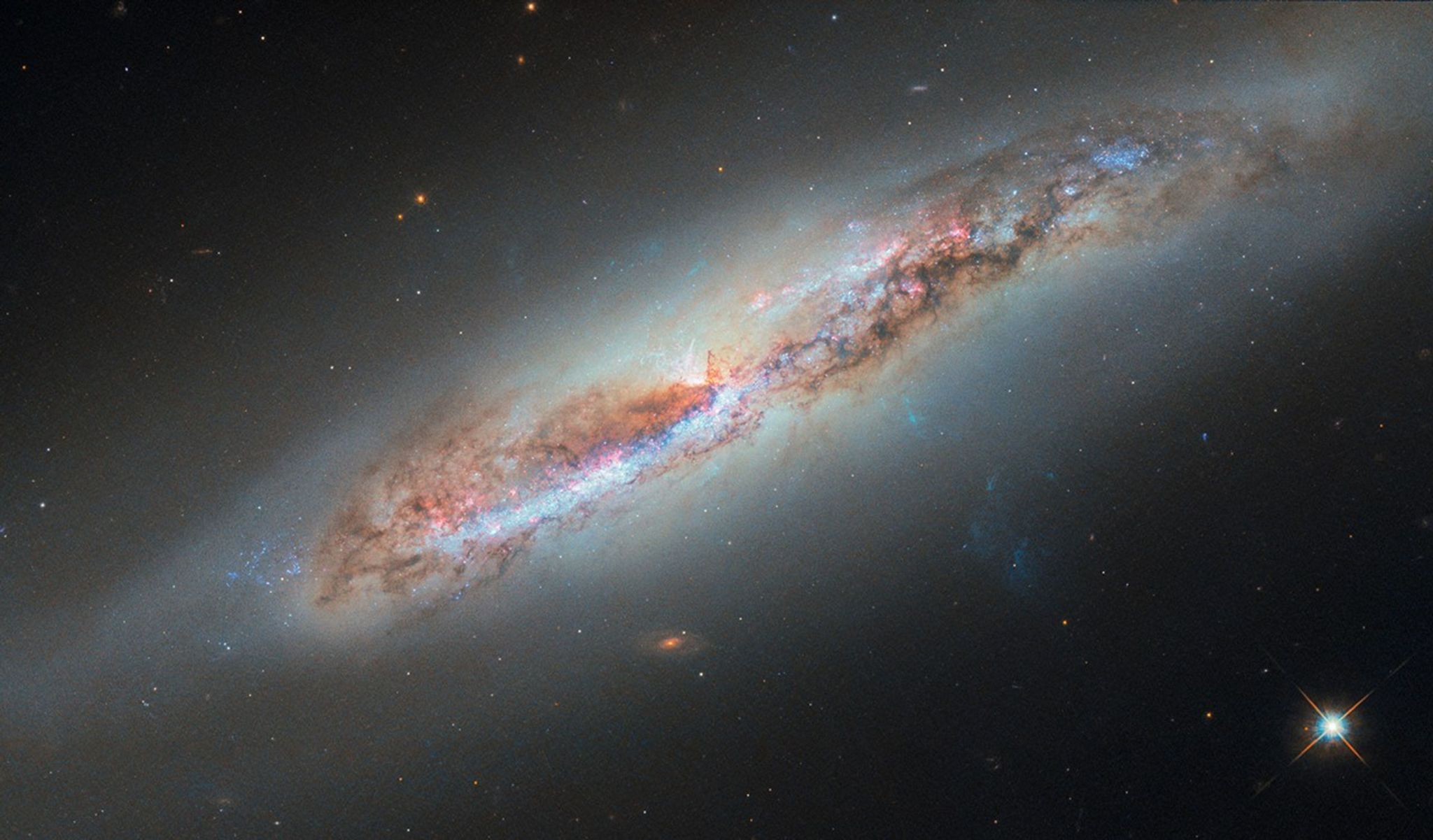With inputs from Kathrin Altwegg, ROSINA science team, University of Bern. Since early August, the Rosetta Orbiter Sensor for Ion and Neutral Analysis (ROSINA) has been ‘sniffing the fumes’ of 67P/C-G with its two mass spectrometers. As reported previously in this blog, even though the comet is still more than 400 million kilometres from the Sun, the mixture of molecules detected in the comet’s coma is surprisingly rich already. Before arriving at 67P/C-G, the ROSINA team thought that at these vast distances from the Sun, its relatively low intensity would only release the most volatile molecules via sublimation, namely carbon dioxide and carbon monoxide. However, ROSINA has detected many more molecules. Indeed, as of our 11 September report, ROSINA’s inventory of detected gases 67P/C-G looked like this: Water (H2O) Carbon monoxide (CO) Carbon dioxide (CO2) Ammonia (NH3) Methane (CH4) Methanol (CH3OH) But today we can report that the following have also been detected: Formaldehyde (CH2O) Hydrogen sulphide (H2S2) Hydrogen cyanide (HCN) Sulphur dioxide (SO2) Carbon disulphide (CS2) If you could smell the comet, you would probably wish that you hadn’t As the Kathrin Altwegg, principal investigator for ROSINA, put it: “The perfume of 67P/C-G is quite strong, with the odour of rotten eggs (hydrogen sulphide), horse stable (ammonia), and the pungent, suffocating odour of formaldehyde. This is mixed with the faint, bitter, almond-like aroma of hydrogen cyanide. Add some whiff of alcohol (methanol) to this mixture, paired with the vinegar-like aroma of sulphur dioxide and a hint of the sweet aromatic scent of carbon disulphide, and you arrive at the ‘perfume’ of our comet.” While this is unlikely to be a particularly attractive perfume, remember that the density of these molecules is very low, and that the main part of the coma is made up of water and carbon dioxide, […]
from Rosetta - ESA's comet chaserRosetta - ESA's comet chaser http://ift.tt/1DDnPRd
via IFTTT
from Rosetta - ESA's comet chaserRosetta - ESA's comet chaser http://ift.tt/1DDnPRd
via IFTTT


No comments:
Post a Comment